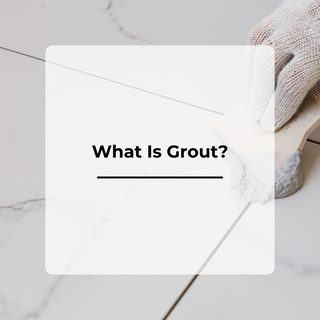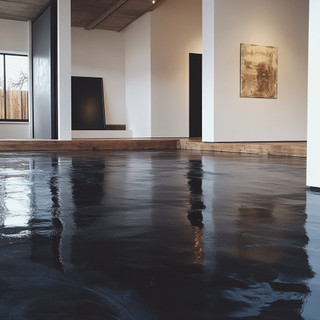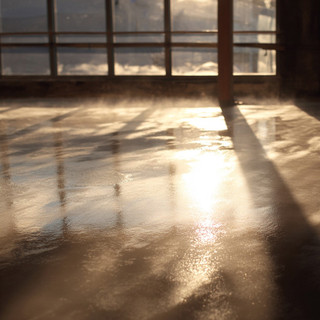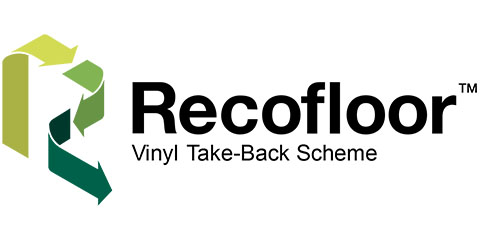What Is Grout?
Posted by Teri-Ann Fisher on 7th Jul 2025
Grout is a key component in any tile installation, playing both a practical and aesthetic role. While tiles often get the spotlight, grout is the material that fills the gaps between them, holding the structure together and completing the overall look. Whether you’re installing ceramic, porcelain, natural stone, or mosaic tiles, grout is essential to ensuring a durable, long-lasting finish.
What Is Grout Made Of?
Grout is typically a cement-based or resin-based mixture that includes water, cement, sand, and sometimes additives to enhance performance. It comes in a variety of forms, such as powdered grout that requires mixing or pre-mixed options that are ready to use straight from the container. Some types include polymer additives for flexibility and water resistance, while others are made with epoxy resins for extreme durability.
What Does Grout Do?
Grout serves several important functions:
- Seals the Joints: It fills the spaces between tiles to prevent moisture and dirt from seeping underneath, which helps protect the substrate and prolong the life of the installation.
- Provides Structural Support: It helps stabilise the tiles, preventing them from shifting or cracking under pressure.
- Enhances Appearance: Available in a wide range of colours, grout can complement or contrast the tile to achieve different design effects.
Types of Grout
Cement-Based Grout
This is the most common type, suitable for most residential applications. It can be sanded (for wider joints) or unsanded (for narrow joints).
Epoxy Grout
Made from resins and a hardener, epoxy grout is waterproof, stain-resistant, and extremely strong. It’s often used in commercial settings or areas with high moisture exposure like showers or kitchens.
Ready-Mixed Grout
Ideal for small DIY jobs, this convenient option removes the need for manual mixing and often includes built-in mould resistance.
Where Is Grout Used?
Grout is used in both floor and wall tile installations across a wide range of environments:
- Bathrooms and showers
- Kitchen splashbacks and floors
- Hallways and entryways
- Wet rooms and utility spaces
- Outdoor patios (with the correct grout type)
Grout Maintenance
Although durable, grout can be porous unless sealed, meaning it can absorb moisture and stains. Sealing cement-based grout helps keep it resistant to water and discolouration. Regular cleaning with a gentle pH-neutral cleaner also helps maintain its appearance.
Whilst grout may not always be the first thing you notice, it's a vital element that brings strength, stability, and style to tiled floors. Understanding the types of grout and their uses helps you make informed decisions when planning a tile installation or renovation. With the right grout in place, you’ll ensure your tiled areas stay beautiful and durable for years to come.










